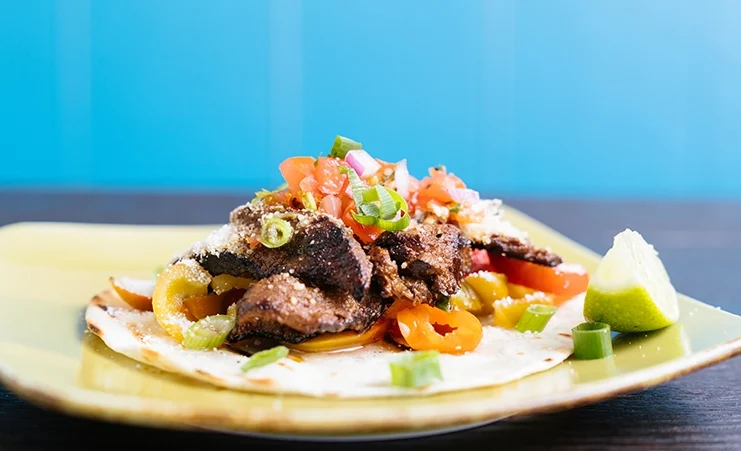
You can never understate the Mayan influence on Mexican food, especially when you look at more cosmopolitan cuisine today. Of course, the Mayan civilization was noted for its contributions to architecture, astronomy, and mathematics, but they also have a rich tapestry of gastronomic history that permeates modern Mexican cuisine.
History and Mayan Influence on Mexican Food
Traditionally, the earliest population in the Mayan civilization was deeply involved in farming. They grew and harvested beans, maize, chilli peppers, tomatoes, cacao, and squash. Evidence also pointed out that they use irrigation to water their crops and gardens. Apart from crops and vegetables, they also cultivated avocado, papaya, guava, and sugar apple.
They were hunter-gatherers since they also domesticated or hunted deer, pigeons, partridges, ducks, armadillos, and turkeys.
The Mayan influence on Mexican food is seen in the ingredients that dominate modern cuisines. For instance, you cannot make Guacamole without avocado. Even though the beloved fruit was grown during the Mesoamerican era, the Mayan civilization cultivated it as a treasured crop.
Another influence is the chocolate drink as they processed cacao seeds to serve choco beverages to the royalty and the elite. The seeds were also used as currency as cacao was traded for other goods.
The Yucatecán cuisine also pays homage to its rich Mayan roots. For example, the Panuchos are a staple in Yucatan, and its main ingredient is corn. Panuchos are fried tortillas stuffed with black beans and then topped with poultry. Another dish called the Salbutes is a different variety from the Panuchos since they incorporate the same ingredients except that the Salbutes are stuffed with pork, beef, or seafood instead of fried beans.
Mayan Influence on Mexican Food: The Preparation
You can also glimpse the Mayan influence on Mexican food by how the dishes are prepared. For example, the tamales take about 4-6 hours to cook, and you must check them every 45 minutes. If you think that’s too long, think about what the Mayans did, as it took them days to prepare and cook the tamales.
It’s no wonder, therefore, that the Mayans served the tamales to the royalty as they were considered too precious to be given to the masses.
They did not have ovens back then, but they were already adept at steaming, and they did this by hanging the banana-leaf-wrapped meat or poultry over boiling water cooked in a fire pit. They also use a huge flat lava rock to fry food. Today, Mexicans might have the modern steamer or fryer, but the principles remain the same.
Lastly, the Mayan influence on Mexican food can be gleaned from how modern cuisine tries to pay tribute to the old traditions. For the Mayans, food was a religious experience. Scholars have pointed out how the ancient civilization attributed almost a human character to food. For instance, food was described to have lived and laughed, or being happy. Even today, Mexicans prepare Caldo de Pollo if you have the flu, or they incorporate hot chillis to boost immunity. Meanwhile, the Mexican stew uses tomatoes and pinto beans. The reason for it is because they believe that tomatoes are a rich source of antioxidants and vitamins.


